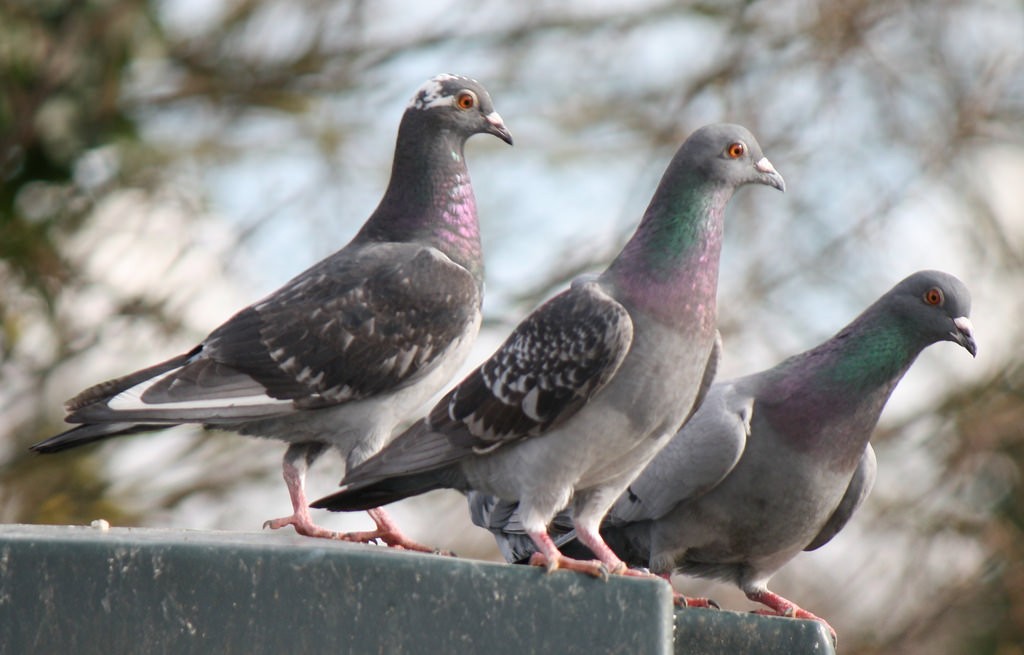
Bird watching becomes a terrible experience once winged dwellers invade awnings, shop fronts, yards of restaurants, airports, factories or fields and cause extensive property damage, diseases and reduced profits. Before taking any action, one should consider behavior insight to implement an effective, bird pest control melbourne system that includes exclusion programs such as specialty scare devices and legal groundwork.
Learning more about bird pest control
The most basic way of starting is finding guilty species and their lifestyles when dealing with birds. It may involve noting dates accurately when they occur, the time they entered the premises, the points at which they rest, and the place where food waste is located, among others. Recognizing patterns like early dawn arrivals will help plan well-informed action tiers. Identifying nests or fledglings may also preclude solutions like egg oiling to avoid harming maturation cycles.
With this insight in mind, physical bird deterrents must be put up first by sealing access holes, eliminating nesting sites, installing nets/meshes/wires, and managing waste protocol, among others. It involves blocking key entry points on most structures using brush bristles/stainless steel bird spikes/slope modifications since these options give permanent results. Additionally, cucullus, where hydraulically powered balloon cannons launch threatening sounds from motion sensors, can deter initial arrival when positioned in places like ledges or fields often used for frequent gatherings.
Professional usage of cannons, drone simulators, noise boxes, flashing lights poll owls/hawks, and chemical fogging for mass dispersal without harming birds ensures large-scale existing infestations are adequately treated. Combining different scare techniques across various modes, such as sight, sound, and motion, is essential to achieve maximum efficiency since birds get used to a given technique quicker than one could think. Rotating devices intermittently sustain the desired anxiety-inducing uncertainty, keeping problematic flocks from returning.

After any remediation process, consistent sanitation regimes can minimize recurrence. Clearing food scraps without delay, sealing garbage bins, fixing dripping taps, removing debris/standing water, and cutting down landscape vegetation hinder birds’ abode construction materials or food supplies. In addition, anti-perch spike strips on ledges could be installed, warehouse vents may be netted, and sidewalks should be power-washed frequently, among other precautions meant for long-term prevention of recurrence. Photonic bird repellents employ green LED light pulses mirroring predatory raptor eyes, which can scare away flocks safely with no harm caused. In contrast with propane cannons or audio distress calls of mixed effectiveness; laser technology effectively takes advantage of innate drives.
However, amidst deterrent equipment innovations, perhaps most vital is cultivating ethical wisdom even when dealing with frustrating bird problems. Though certain species statistically cause extensive economic damage, even perceived pests deserve regard for their wondrous sentience and ecological contributions supporting global biodiversity. The precipitous three billion total birds lost in just fifty years soberly warn that shared destiny binds all species.
Closing
With caring comprehension, an appropriate avian rodent extermination effort should not do too much harm to peace, land, or animals during the defense of property and pragmatism. It is demonstrated by presidential orders that preserve such legendary species at the federal level and local bylaws protecting simple inner-city pigeon populations from elimination.






